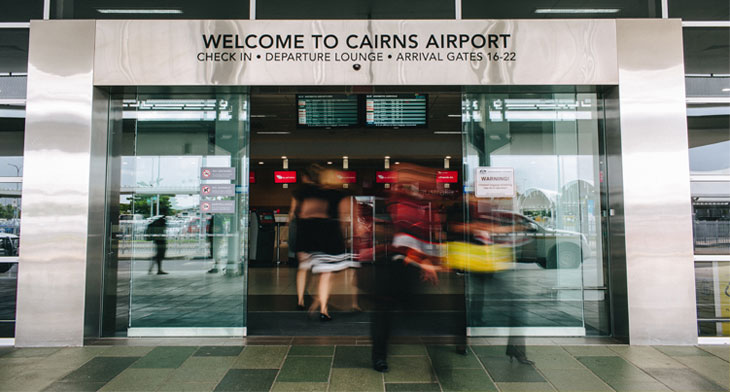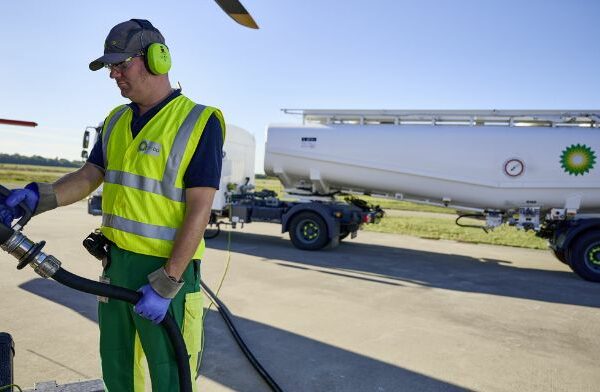Although the industry is still showing signs of recovery, it is slower than originally forecast. And as a result of government’s re-introducing restrictions and lockdowns in certain key markets since mid-August, IATA has reduced its forecast for air traffic recovery to be down 66% compared with last year. It’s previous prediction was for a 63% decline year-on-year.
So it was welcome news for Australian carriers that the federal government is continuing its support to ensure that regional and major domestic routes across Australia remain available. More than $150 million has already been handed to Australian airlines through the Domestic Aviation Network Support and Regional Airline Network Support programmes. Originally due to end in September, this support has now been extended into 2021.
Good news for airlines, but what about Australia’s airports? While the Australian Airports Association (AAA) has welcomed the extension of the federal government’s support programmes, it says more must be done to support the country’s struggling airports.
“While these programmes provide a huge helping hand to our airlines, our airports are still being considered as an afterthought,” said AAA Chief Executive, James Goodwin.
“Airports have been good corporate citizens during this pandemic, staying open and in many cases reducing or waiving landing fees for airlines despite losing $320 million a month in revenue.
“Even with this programme in place, jobs on the ground are hard to sustain because the majority of regional airports are council-owned and don’t have access to JobKeeper [employment protection scheme],” he continued. According to AAA, more than 70% of staff at regional airports have been placed on reduced hours, been redeployed or made redundant.
“To provide sector-wide support, the government must use the budget to support the costs of essential, government-mandated services such a international and domestic security screening, airfield security and extra COVID-19 cleaning,” Goodwin concluded.
It’s not just Australia where aviation relief packages tend to focus on airlines rather than airports. But we all know that an airline needs an airport in order to fly as much as an airport needs an airline and all its passengers. And we certainly won’t achieve much without working together as one industry.
Have a great weekend and don’t forget if you haven’t seen the latest issue of Regional Gateway magazine, get your free copy by subscribing now.
Chloë Greenbank,
Editor, Regional Gateway






